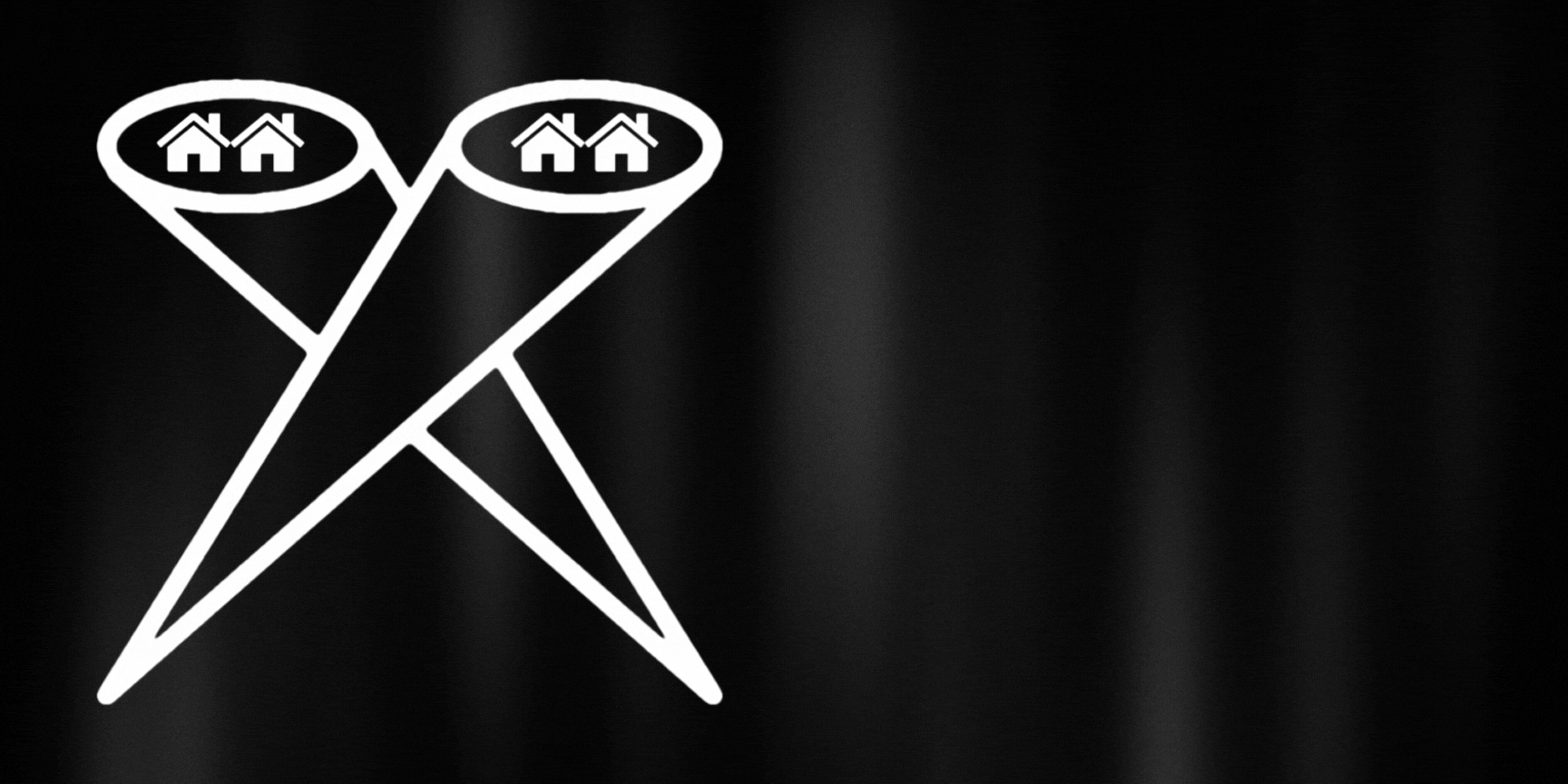Renting a property in San Jose can be an attractive option for many individuals due to rising home prices and the high cost of mortgage payments and taxes. In fact, according to the 2016 American Community Survey by the Census Bureau, nearly 37 percent of households in the United States are now renter-occupied. With more people choosing to rent than ever before, it’s essential to be well-prepared before moving into a new rental property in San Jose. This article will guide you through the ultimate renter’s move-in checklist, ensuring a seamless transition into your new home in the vibrant city of San Jose.
Why a Move-In Checklist is Essential
Before delving into the specifics of the move-in checklist, let’s understand why it is such a crucial document for every tenant. The move-in checklist serves as a comprehensive and reliable way to document the condition of the property before your occupancy. By creating a detailed record of any existing conditions, the move-in checklist protects both the tenant and the property manager. It reduces liability risks, especially in cases of disagreements related to security deposit reimbursement, ultimately preserving the value of the rental property.
The Comprehensive Move-In Checklist
When conducting your move-in inspection, it’s essential to address each room of the rental property individually. By meticulously documenting the condition of every area, you can ensure that any pre-existing damage or issues are properly recorded. Here’s a room-by-room breakdown of what to include in your move-in checklist:
1. Entire Rental Property
- Inspect the flooring for any damages or signs of wear and tear.
- Check the air conditioners, wall fixtures, outlets, and light fixtures to ensure they are in working order.
- Examine the heaters, walls, and paint for any issues that need attention.
2. Living Room and Other Rooms
- Check the doors, including their hinges, knobs, and peephole, to make sure they function properly.
- Inspect the flooring for any damages or stains.
- Examine the cabinets and drawers for functionality and signs of damage.
3. Kitchen
- Thoroughly inspect all the appliances, such as the oven, fridge, and dishwasher, to ensure they are in good working condition.
- Examine the counters and sink for any damages or leaks.
- Check the cabinets and drawers for functionality and signs of wear and tear.
4. Bathroom
- Inspect the toilet, tub, and shower for any hidden damages or leaks.
- Check the faucets and plumbing for functionality.
- Ensure that the bathroom is adequately ventilated.
5. Safety Items
- Test the smoke alarms to ensure they are in working order.
- Check the fire extinguishers and ensure they are easily accessible.
- Document the location of emergency exits.
6. Repairs
- Create a comprehensive list of emergency repair contacts.
- Familiarize yourself with any restrictions on making repairs yourself.
- Note any minor replacements that may be necessary.
Key Questions to Ask Before Moving In
In addition to conducting a thorough inspection, it’s crucial to ask the right questions before moving into your rental property. Here are some essential inquiries to make:
1. Garbage Pickup
- Inquire about the garbage collection schedule and rules for packing and segregation.
- Ask where the trash should be disposed of.
2. Laundry
- Find out the operating hours of the building’s laundry room or the availability of a washer and dryer in your unit.
- Determine if any additional fees apply.
3. Parking
- Ask whether parking spaces are assigned or available on a first-come, first-served basis.
- Inquire about any parking fees or permits required.
4. Security Deposit
- Understand the requirements for the security deposit, including the amount and how it will be collected and refunded.
- Familiarize yourself with your rights regarding the security deposit.
Additional Tips for a Smooth Move-In Experience
To further enhance your move-in experience and ensure a harmonious relationship with your landlord, consider the following tips:
- Utilize real estate review websites like Zillow, which offer printable move-in checklists to assist you in documenting the condition of your rental property.
- Educate yourself about your rights and responsibilities as a tenant. Each state has its own rental laws and tenant protections, so familiarize yourself with the regulations specific to San Jose.
- Take advantage of local tenant help centers or resources provided by organizations like the U.S. Department of Housing and Urban Development to address any concerns or questions you may have.
Transitioning from Renter to Homeowner
While renting can be a convenient option, there may come a time when you desire the stability and financial benefits of homeownership. If you find yourself tired of increasing rental rates or dealing with non-refundable deposits, it may be time to consider buying a home in San Jose. When you’re ready to take this step, it’s advisable to seek guidance from a licensed real estate agent who can provide valuable insights and support throughout the home buying process.




